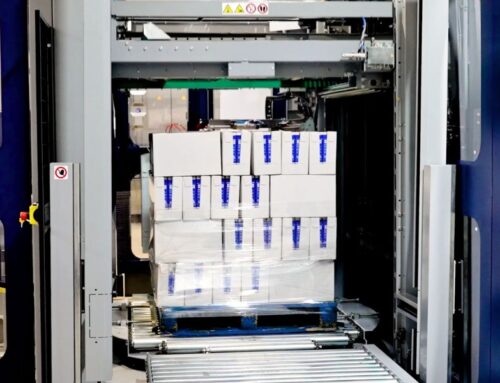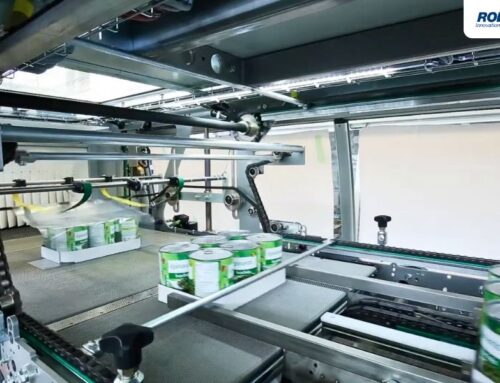Introducing automation into your warehouse can significantly enhance efficiency, productivity, and accuracy. However, determining the right level of automation for your warehouse isn’t always straightforward. From storage layout to scalability, explore key factors to consider to align automation solutions with your goals and resources.
Warehouse Layout and Workflow Optimization
Before investing in automation, analyze your current warehouse layout and operations. Look for areas where automation could significantly improve efficiency, such as picking, packing, or palletizing processes. Evaluate whether your existing infrastructure can support robotic systems or automated workflows without requiring major structural changes.
Additionally, consider how automation could enhance specific workflows. Tasks like order picking and inventory sorting can benefit greatly from robotic systems, while automated conveyors can streamline packing stations. Optimizing these processes can lead to faster order fulfillment and fewer operational bottlenecks.
Budget and ROI Expectations
Choosing the optimal level of automation allows your warehouse to meet financial goals without overextending budgets. Automation often has high upfront costs, so it’s crucial to assess affordability. This calculation includes not only the purchase price but also maintenance, software updates, and potential repairs. Conduct a cost-benefit analysis by comparing the total expenses of implementation, including upfront and ongoing costs, against the expected financial returns over time.
Different models of packaging machines offer varying levels of automation. For instance, Robopac USA’s rotary arm stretch wrappers are available in both fully automatic and semi-automatic models. Both types can streamline operations by reducing labor costs, improving accuracy, and wrapping pallets faster. Full automation requires a higher investment but delivers greater returns for businesses that handle large volumes and prioritize speed and efficiency.
Scalability and Future Needs
Your warehouse should grow alongside your business, and automation must keep up. Select systems that can handle increased order volumes, varied product mixes, and changing market demands. Scalable solutions allow your business to adapt without frequent, costly upgrades.
Think about flexibility as well. Modular systems provide room for gradual upgrades, allowing automation to evolve as operations expand. Planning ahead ensures your investment remains useful for years to come, accommodating your business’s dynamic requirements.
Automation transforms warehouse workflows by enhancing productivity and streamlining key processes like picking, packing, and palletizing. By reviewing your infrastructure, financial priorities, and scalability needs, you can find solutions that fit your current operations and allow for growth. With these considerations in mind, you can invest in packaging equipment that supports sustained growth and long-term success.







